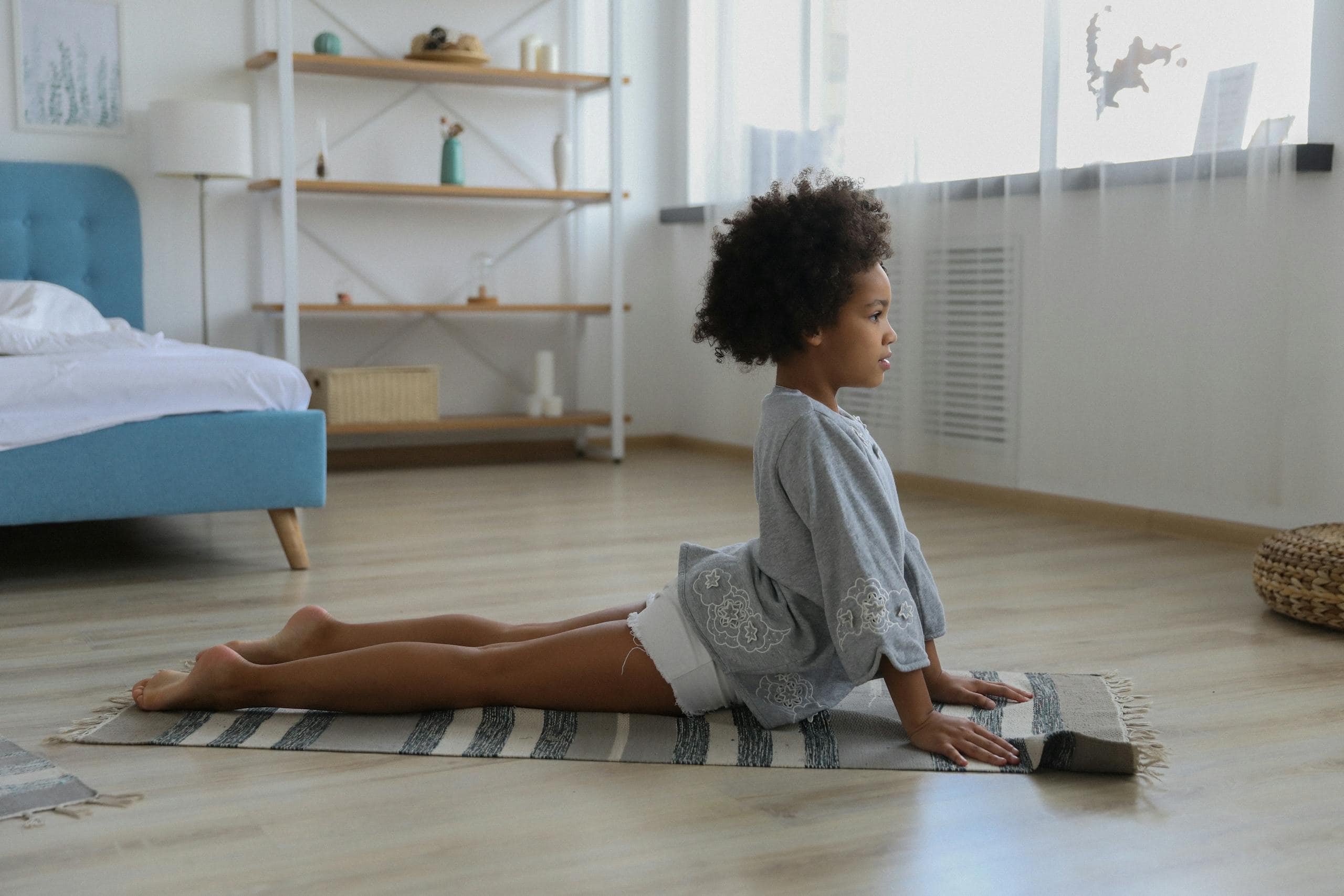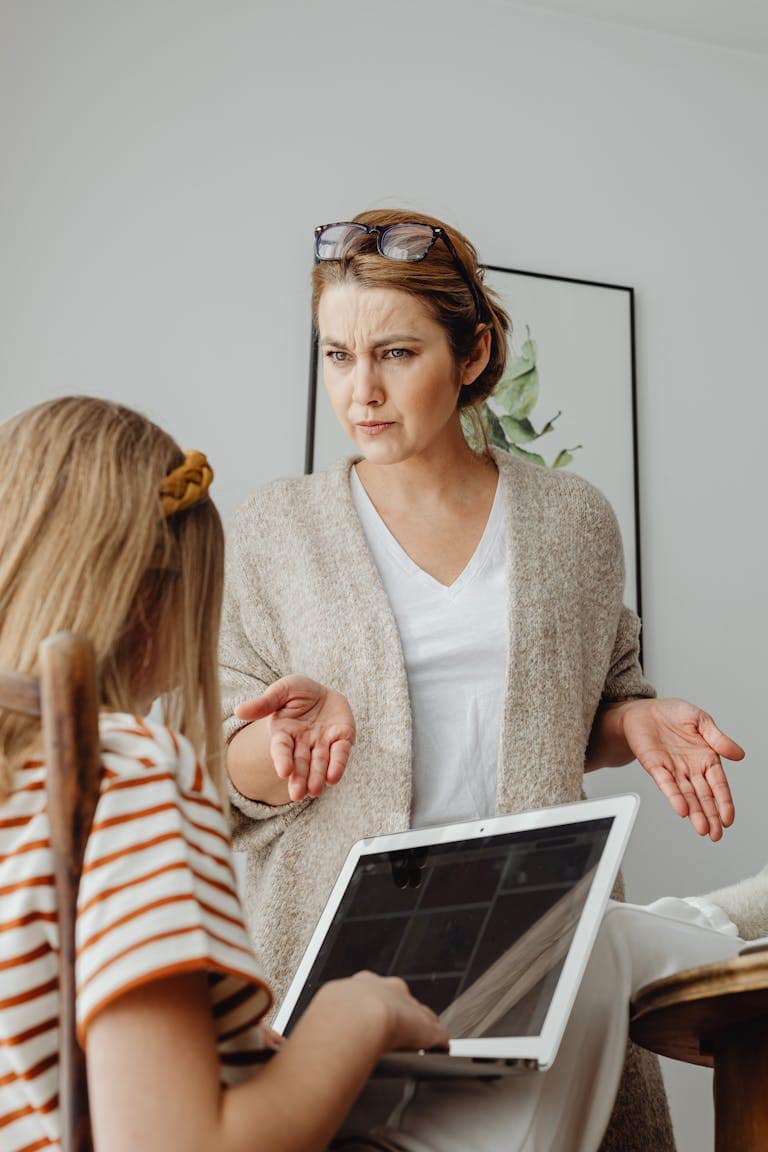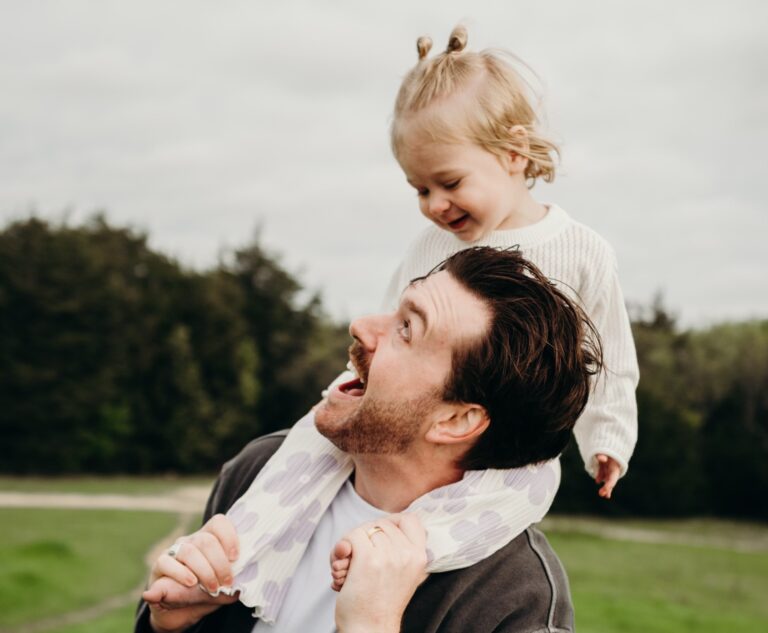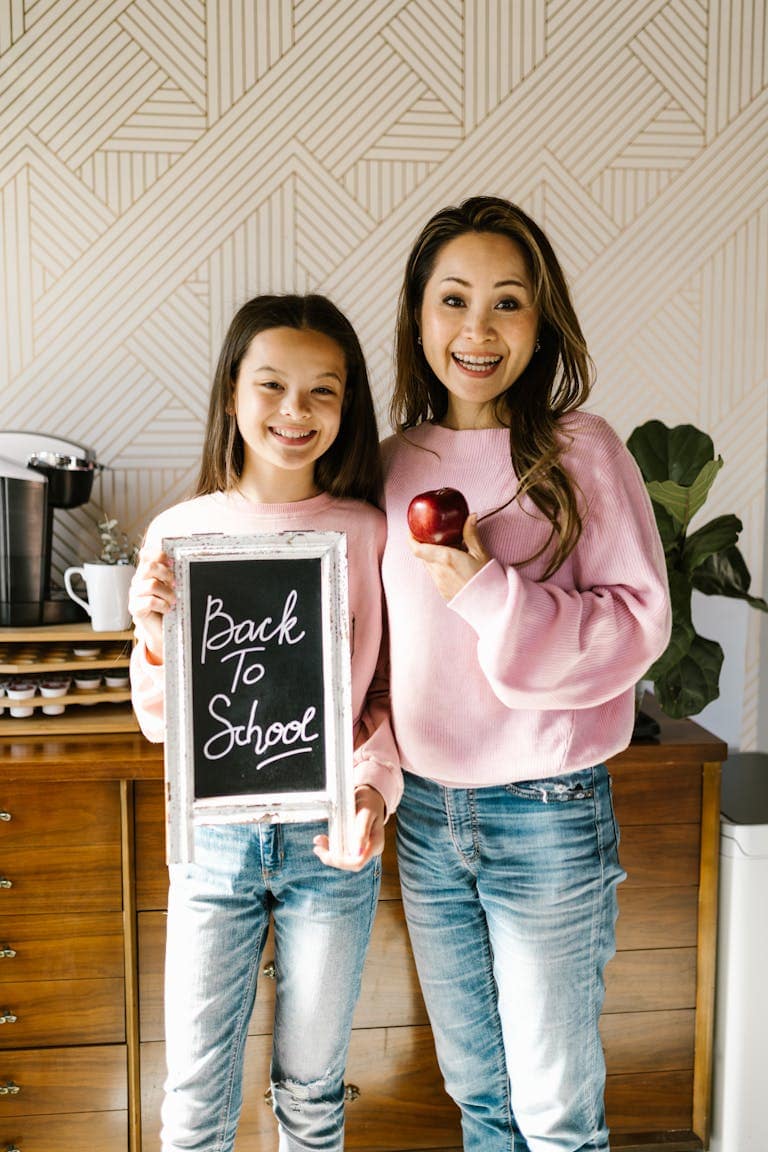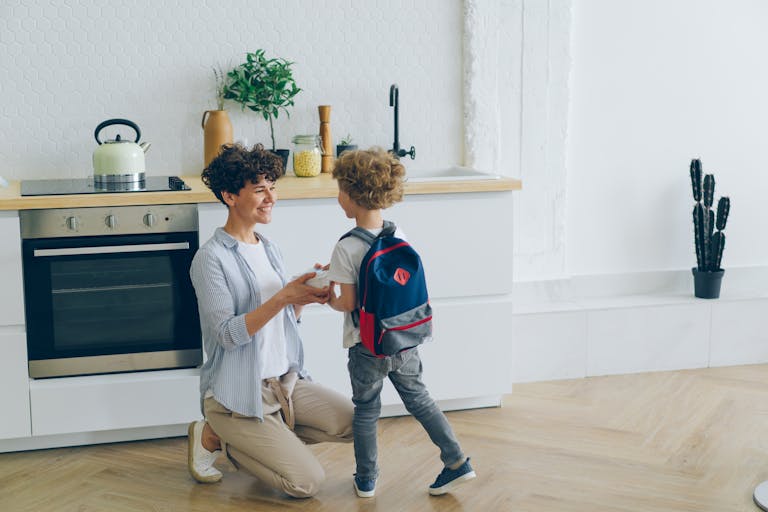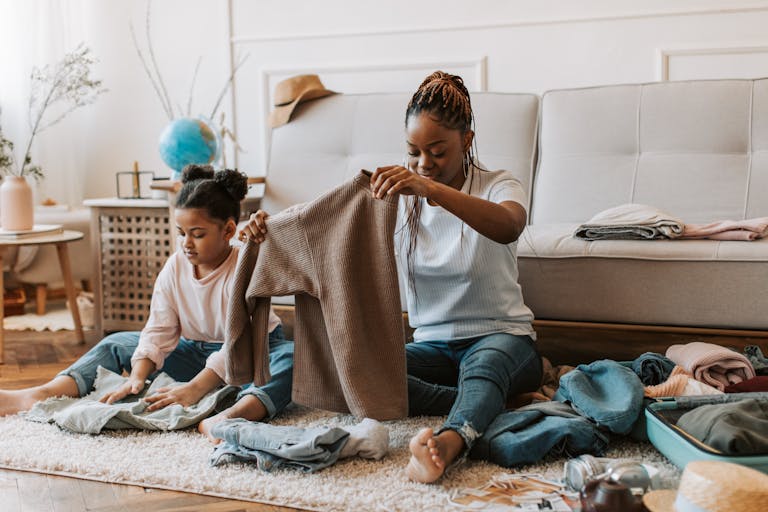Calming Spaces: Supporting Emotional Regulation
One of the most common concerns we see in school today is the difficulty children experience with emotional and behavioral regulation. Our job in education is no longer just to educate the mind of students, but also to support their hearts by helping kids learn to regulate their emotions. Teaching kids healthy coping strategies is one of the most impactful ways we can empower them to take care of their mental health.
Calming spaces have become common in classrooms. These spaces offer students a safe space to reset when they’re experiencing big or uncomfortable emotions. As a school counselor, I’m passionate about teaching in classrooms and promoting self-awareness and emotional well-being among students.
Calming spaces are becoming popular in homes as well, and for good reason. Beginning at an early age, parents can teach kids to be emotionally healthy and resilient. By creating a comfortable space at home and helping children view spending time spent there as an opportunity for self-care rather than punishment, parents can foster emotional growth.
Just as in school, it’s essential that kids understand how to use a calming space. A bonus at home is that children can be involved in choosing the tools that help them most, making the experience fun and engaging.
In the real world, there are expectations about how we should act and treat people. One of the many ways parents can prepare their children for success is by teaching them regulation skills at home and providing frequent opportunities to practice them.
Where to Begin
Parents can begin by weaving conversations about emotions into everyday life. Start by identifying different feelings – this can happen while reading stories, observing others, or sharing how different events make us feel. Ask questions that help kids label their own emotions and identify what feels comfortable and uncomfortable.
It’s important never to label emotions as “bad.” Instead, we might refer to them as “uncomfortable.” This helps children understand that all feelings are okay and serve a purpose. For example, people often refer to anger as negative, but anger can signal that something isn’t right. Kids are more likely to open up about uncomfortable feelings when they know those feelings are valid.
Our goal is to help children recognize their emotions and learn what they need to feel better, this is self-regulation. Part of it involves teaching them to notice the physical signals their bodies give them. Recognizing these physiological cues can help them manage emotions before they become overwhelming. For instance, I often share with kids that when I feel stressed, I may notice tightness in my shoulders. If I ignore it, it might turn into a headache. But if I recognize that tightness early, I can do things to relax and feel better.
There are many excellent books that explore the topic of regulation. A couple of my favorites include:
Items to consider for your calming space:
- Books about feelings: (some of my favorites)
- Calm Corner Posters
- Tools to support breathing: My favorite is a breathing ball or sensory stickers
- Emotions Calm Putty
- Grounding exercises
- NeeDoh Sensory Fidget Toy and Squeez’M Sensory Stress Cube
- Sensory Worry Stones
- Marble Maze Mat
- Positive self-talk poster: I recommend personalizing these to address specific areas in which your child struggles.
- Sketch pads or Affirmation coloring books. Be sure to include markers, crayons, or colored pencils
- Headphones for music
Rather than using a timer, I prefer to let children decide when they’re ready to return to the activity or setting. You can talk with them (when things are going well) about how they might know they’re “ready,” for example, noticing if their body feels calmer or if they no longer feel like yelling. This supports self-awareness and autonomy.
Calming spaces can benefit kids of all ages. Of course, the setup will vary depending on their age. Older children, for example, may prefer to design their own space or create a personalized “toolbox” they can keep in their room.
When children learn to identify their emotions and figure out what they need to feel better, they experience greater success in school and life. And isn’t that what we want for our kids, to equip them with the skills to be successful as they grow and become independent adults?
